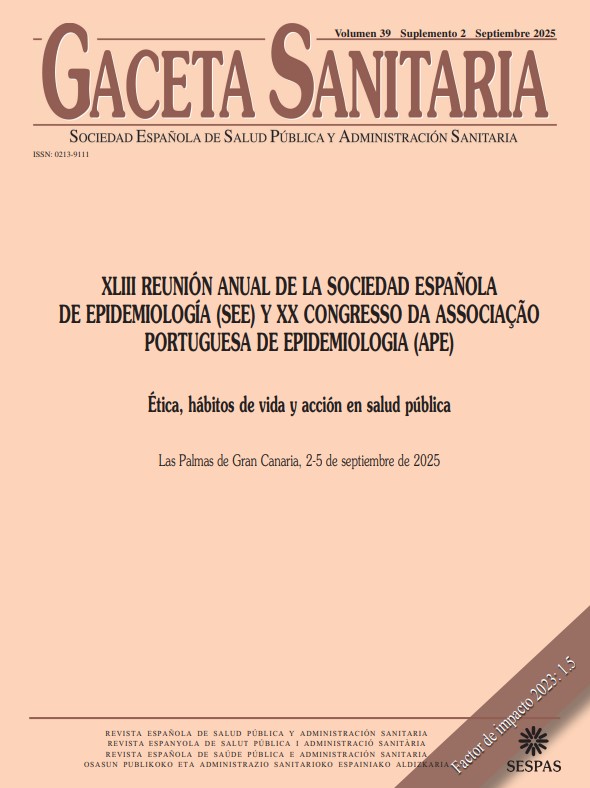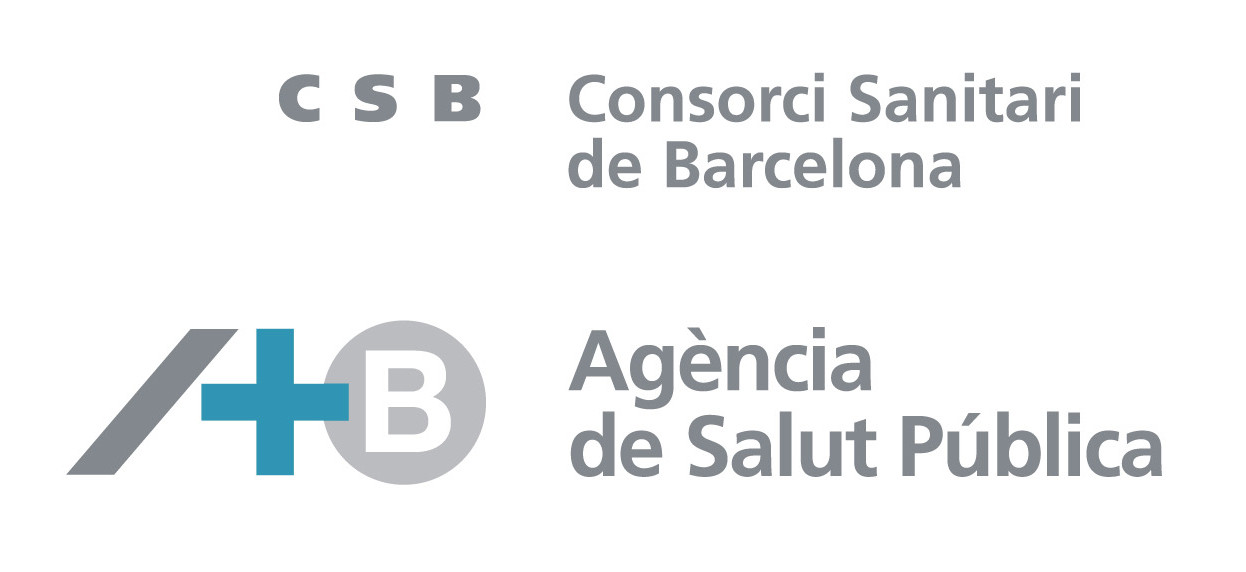271 - EFFECTS OF OBESITY ON SCHOOL BULLYING DURING ADOLESCENCE
University of the Basque Country (UPV/EHU)); BIOGIPUZKOA; CIBERESP; ISGlobal; Universitat Pompeu Fabra (UPF); Erasmus MC University Medical Centre.
Background/Objectives: Childhood and adolescence obesity and bullying are two major public health issues due to their high prevalence and associated consequences. Children and adolescents who are bullied are more likely to have serious psychological and physical health problems. The aim of the study consists of analyzing the effects of obesity on school bullying during adolescence.
Methods: The study participants were mother-adolescent pairs from the INMA Project (Environment and Childhood) from Gipuzkoa cohort and Sabadell cohort (N = 738). Bullying (victim, bully and bully/victim role) was assessed using the Olweus Bully Victim Questionnaire (OBVQ) while weight status was determined based on Body Mass Index (BMI), body fat percentage and waist circumference. Sociodemographic variables and selected confounder were controlled for the analysis. Statistical analysis consisted of making a descriptive analysis of the scales and lineal and non-lineal logistic regression models.
Results: Based on preliminary results, the correlation between BMI, body fat percentage and waist circumference and parent’s educational level are statistically significant (p < 0.001 in all cases). Neither BMI, body fat percentage nor waist circumference were lineally related with bullying variables. However, a U shaped association was observed between waist circumference and bullying (p = 0.0327). This result suggests very high and very low waist circumferences have more risk to suffer from bullying during adolescence.
Conclusions/Recommendations: In preliminary analysis, a non-lineal U shaped association was observed between waist circumference and bullying. Due to sex specific differences, future studies should analyse risk and protective factors for boys and girls separately. Non-lineal association should be investigated deeply on BMI and body fat percentage.















